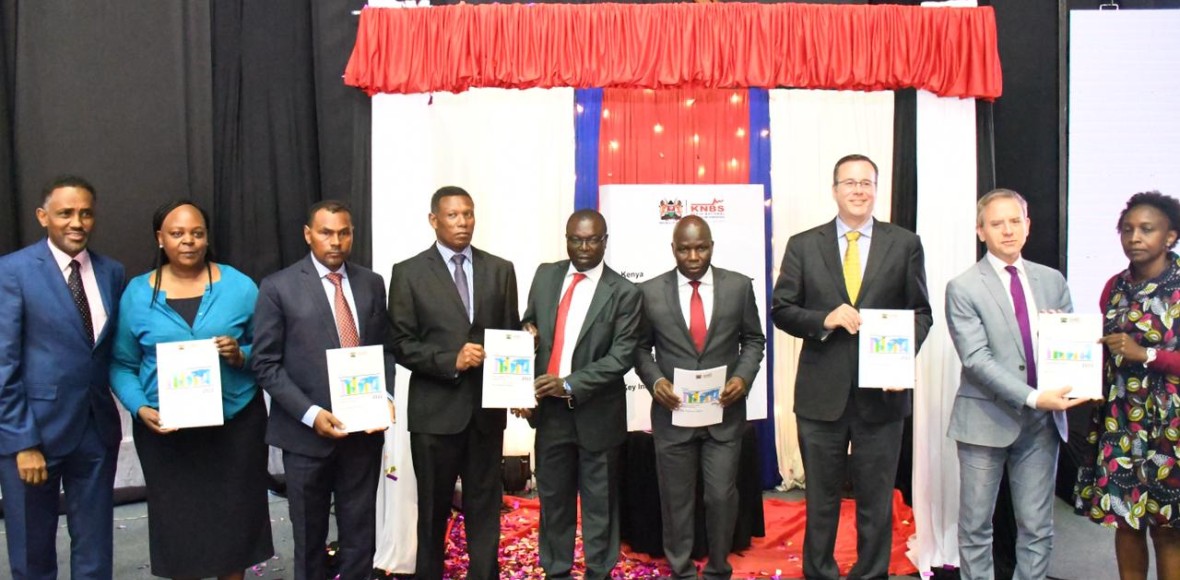
2022 Kenya Demographic Health Survey, KDHS, indicates that the percentage of live births that are assisted by a skilled provider has increased markedly over the past two decades, from 41 percent in 2003, 66 percent in 2014 to 89 percent in 2022.
Almost all live births to mothers with more than a secondary education were delivered by a skilled attendant at 99 percent, as compared with 55 percent of births to mothers with no education.
At the county level, the proportion of live births delivered by a skilled provider is lowest in Turkana 53 percent, Mandera 55 percent, Wajir 57 percent, Samburu 57 percent, and Tana River 59percent.
98 percent of pregnant mothers have received antenatal care from a skilled provider for their most recent live birth or stillbirth according to 2022 KDHS report.
This is a slight improvement from 2014 KDHS where 96 percent of women with a live births reported receiving antenatal care from a skilled provider, an improvement from 92 percent in the 2008-09 KDHS and 88 percent in the 2003 KDHS.
In addition, 66 percent of women reported to have had four or more ANC visits for their most recent live birth or stillbirth. This is an eight percent improvement from 2014 where 58 percent of women attended the recommended four or more antenatal care visits.
The report discovered that, a mother’s ANC attendance was related to her level of education. In this the percentage of women who had four or more ANC visits for their last live birth increases with mother’s education from 49 percent among those with no education to 83 percent among those with more than a secondary education.
More women in urban areas attended four or more ANC clinics than their counterpart in rural areas having a 74 percent and 62 percent representation respectively.
Nyeri leads in the number of women attending four or more ANC clinic at 82 percent while Garrisa tails at 31 percent.
The survey was obtained from women age 15–49 who had a live birth or stillbirth in the 2 years before the survey.
The report recorded that, 75 percent of women with a live birth in the 2 years preceding the survey received sufficient tetanus toxoid injections to protect their baby against neonatal tetanus.
The wealthier and more educated a woman is the more likely she is to receive the Tetanus injection the report found.
The report shows that, 66 percent of women with no education took the vaccine while 81 percent was taken by women with more than secondary school education.
By county, the percentage of women whose most recent live birth was protected from tetanus ranges from 54 percent in Mandera to 92 percent in Busia.

Leave a Reply